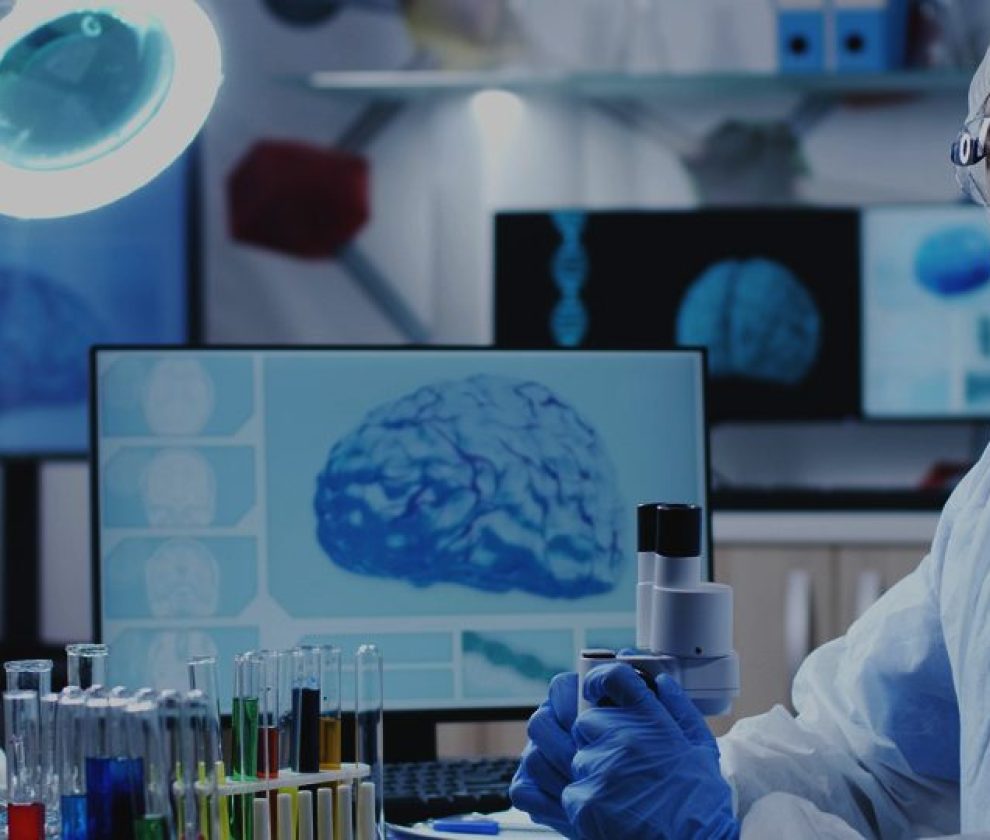In the realm of scientific research and innovation, laboratories have always been at the forefront of groundbreaking discoveries. What sets modern laboratories apart from their predecessors is the integration of cutting-edge technology, transforming the way experiments are conducted, data is analyzed, and breakthroughs are achieved. At the heart of this transformation is lab automation, a game-changer that’s redefining research and experimentation.
Lab Automation: A Revolution in Efficiency
Imagine a laboratory where repetitive tasks are handled seamlessly by machines, where data is collected and analyzed in real-time, and where scientists can focus on the intellectual aspects of their work rather than routine procedures. This is the promise of lab automation.
Key Aspects of Lab Automation:
- High Throughput: Automation allows labs to process large volumes of samples and data quickly and accurately. This is particularly valuable in fields like genomics and drug discovery.
- Precision and Reproducibility: Automated systems can execute experiments with pinpoint accuracy, reducing human error and ensuring the reproducibility of results.
- Data Integration: Automation systems collect and integrate data from various sources, providing researchers with a comprehensive view of their experiments.
- 24/7 Operation: Automated instruments can run experiments around the clock, accelerating research timelines.
- Resource Optimization: Automation minimizes the need for manual labor, freeing up scientists to focus on more complex tasks.
Beyond Lab Automation: Emerging Technologies
While lab automation has been a game-changer, the technological evolution in laboratories doesn’t stop there. Here are some emerging technologies poised to shape the future of research:
- Artificial Intelligence (AI) and Machine Learning: AI is revolutionizing data analysis. Machine learning algorithms can identify patterns, predict outcomes, and even suggest experimental approaches.
- Internet of Things (IoT): IoT devices can remotely monitor equipment, environmental conditions, and sample storage, enhancing safety and efficiency.
- Virtual Reality (VR) and Augmented Reality (AR): VR and AR are changing how researchers visualize complex data and collaborate remotely.
- Blockchain: Blockchain technology is being explored to secure and trace the authenticity of research data and results.
- 3D Printing: Laboratories are using 3D printing for rapid prototyping of equipment and customized lab tools.
The Human Element:
While technology is transforming laboratories, the human element remains irreplaceable. It’s scientists who conceive experiments, interpret data, and apply creative thinking to complex problems. Technology empowers scientists by automating routine tasks and providing tools for faster, more accurate research.
Conclusion:
The role of technology in modern laboratories is not just about automation; it’s about amplifying human potential. Lab automation streamlines processes, improves accuracy, and accelerates research, freeing scientists to tackle the most challenging questions and explore the uncharted territories of science.
As we embrace these technological advancements, it’s essential to remember that the true magic of the laboratory lies in the minds of the scientists who use these tools to unlock the mysteries of the universe. Technology is the catalyst, but human ingenuity remains the driving force behind scientific progress.



